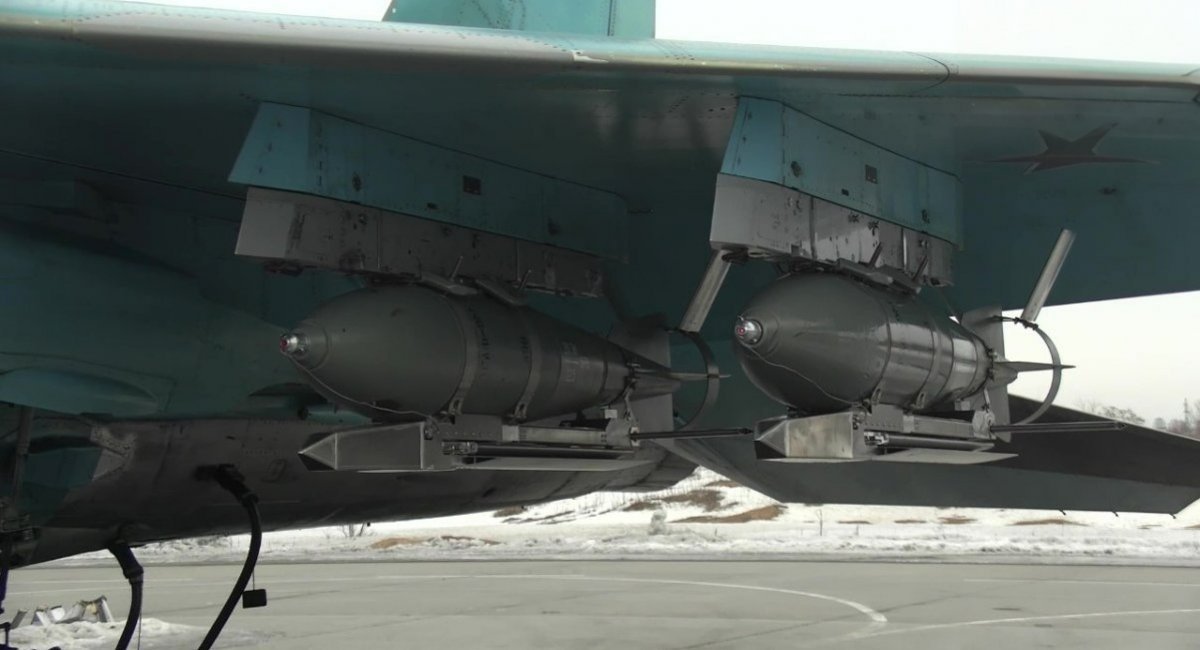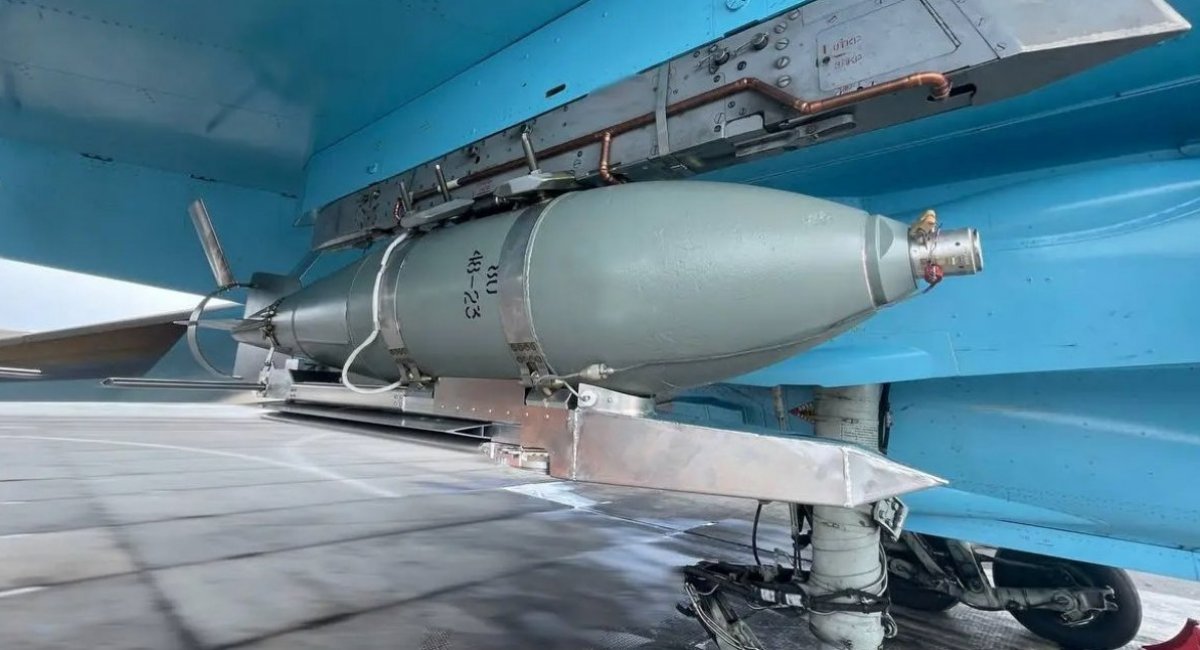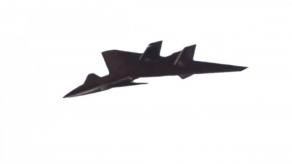For several months, discussions have been ongoing about Ukraine’s ability to counter russian long-range glide bombs — specifically those equipped with UMPK kits, also known as KABs. These conversations included speculation regarding the system that enabled this success. Now, there is an official answer to both questions.
"We have a sufficient number of electronic warfare systems that disrupt the guidance systems of enemy glide bombs. A bomb may be flying in one direction and then suddenly veer off course. The battle between guidance systems and electronic warfare is a constant race — just like the race between drones and EW systems," explained Commander-in-Chief of the Armed Forces of Ukraine, Oleksandr Syrskyi, in an in-depth interview with LB.ua.
Read more: What Does It Mean That russian Manufacturer of UMPK Bomb Kit, Kh-69 Missiles Has Increased Number of Employees

Thus, electronic warfare systems have become the primary means of effectively countering this threat.
While EW solutions do not destroy glide bombs directly, they render them ineffective by preventing them from reaching their intended targets. Since UMPK kits rely on satellite navigation, jamming or spoofing the coordinates can divert the bomb away.
The russians, in turn, use domestically produced anti-jamming Kometa-M antennas in these kits. Initially, they were equipped with 4-element antennas, later upgraded to 6, 8, and eventually 12 receivers. However, it is clear that simply increasing the number of elements has not allowed the russians to maintain the effectiveness of their UMPK kits at a satisfactory level.

It is also worth noting that because glide bombs are launched from long distances and high altitudes, they remain exposed to electronic warfare interference for an extended period. The longer a UMPK-equipped bomb fails to receive accurate coordinate data, the greater its targeting error becomes. However, even significant deviations may not prevent civilian casualties if the target is a large city.
Furthermore, as previously noted, this remains a continuous technological arms race; russia will likely keep looking for ways to enhance the effectiveness of what it views as a convenient long-range strike capability. According to the British Royal United Services Institute (RUSI), russia plans to produce 75,000 glide bombs in 2025 — an average of 205 per day.
Read more: Taiwanese Factory Modified Servos On russia's Request to Make Better UMPK Bombs














